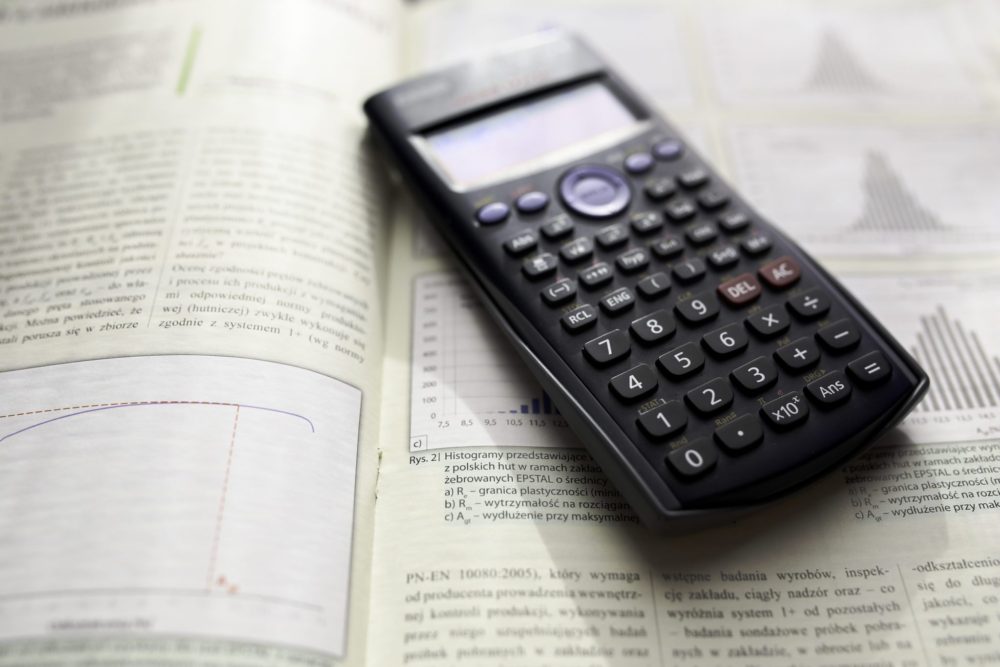11 Key Tips to Help You Master the Math Section of the ACT
Many students struggle with Math, and it’s no different for the ACT. Depending on when you take the test, you may not have gone over all the concepts covered in school, or it may have been a while since you have last seen them. Whatever the case, you need to make sure that you at least understand the fundamentals of what is covered and how you can make the best use of your time. Here are some tips to help:
- You have 60 minutes for the Math section. That’s approximately 1 minute per question.
- Memorize the necessary formulas. They are not provided on the test.
- Order of Operations, Area, Volume, Slope-intercept form, Distance Formula, Midpoint formula, Pythagorean Theorem, Sine, Cosine, and Tangent
- If you don’t know how to approach the problem, try substituting the answers into the problem (start with the middle answer choices).
- If you don’t understand the math (especially in problems where the answer choices still have variables), try plugging in numbers that make sense for the problem. Choose numbers that you can calculate easily (Usually 1,2,3 and 10 work well).
- When tackling word problems, read one sentence at a time. After each sentence, write out any numbers or relationships between the numbers to the side.
- Redraw any shapes and diagrams the test gives you. Don’t be afraid to turn your page around to view it from different angles. The different perspective(s) will help you understand the relationship between the elements in the diagram.
- Pay close attention to units of measurement. If any unit of measurement is mentioned, make sure everything else in the problem is in that unit of measurement; you may need to convert.
- Know when not to use your calculator. Don’t use your calculator for simple operations like one or two-digit addition. Doing so only takes more time to put it into the calculator, and it will make each of the more difficult problems take longer.
- Trust grids, graphs, and charts. Often, geometry problems are not to scale, so you shouldn’t trust your eyes. If it is on a grid, though, it’s accurate – always.
- If the problem has two or more equations without exponents, add them together and solve for the variable. Then substitute that answer into the equation and re-solve (if applicable).
- Get familiar with what words match which mathematical operation for word problems. Many questions are structured as word problems, so you need to understand how each word in the question affects the operation.
| Add | Subtract | Multiply | Divide | Equals |
| Add | Difference | Each | Share Equally | Is |
| Altogether | Fewer | Same | Each | Was |
| And | Gave Away | Twice | Quotient | Were |
| Both | Take Away | Product | Every | Have |
| In All | How many more? | In All | Cut | Has |
| Sum | How much longer/shorter/smaller/left? | Double/Triple/Quadruple | Equal pieces | Equals |
| Total | Less | Of | Average | Equal to |
| Increase | Decrease | Per | Out of | Equivalent |
| Plus | Remain | Times | Ratio | The same as |
| More | Bigger | As much | Fraction | |
| Combined | Remainder | By | Split | |
| Joined | Remain | Area | Half | |
| Extra | Lost | Volume | ||
| Fell | ||||
| More Than | ||||
| Further |
Looking for more help? Check out our ACT practice worksheets.
View our resources
Strive Resources | TpT | Made By Teachers | Classful | Etsy







